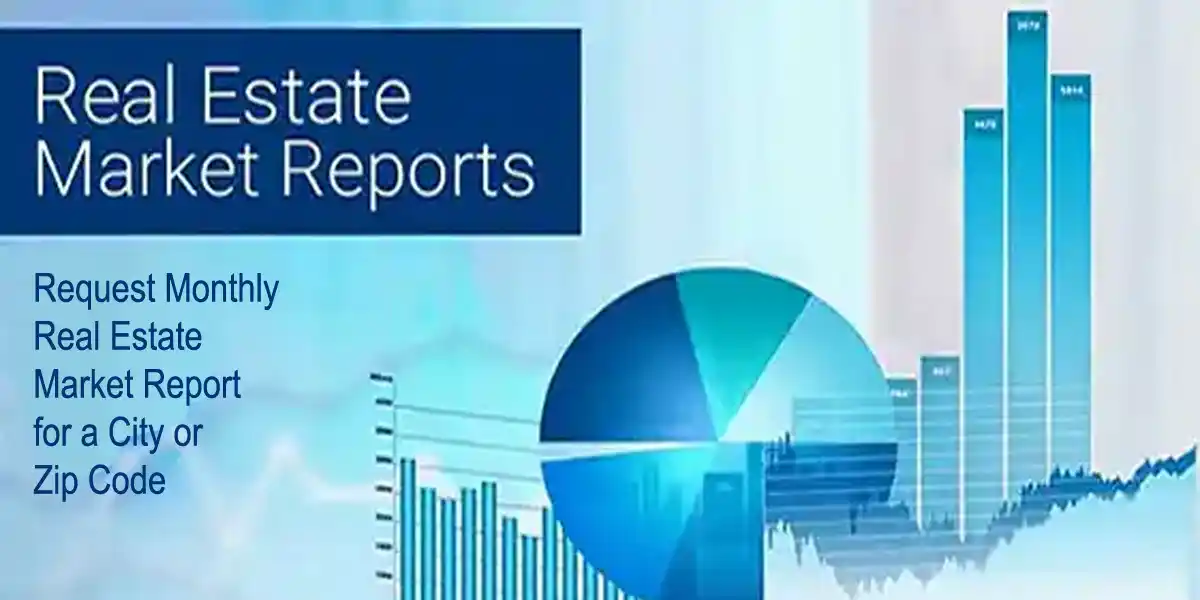*2024 Real Estate Market Reports Palm Beach County Florida

Palm Beach County Market Reports’ Summary of Single Family Homes and Condos in this month 2024 with Stats and SOLD Housing Trends. Buying or Selling, Text/ Call 561-339-1779 to set-up FREE Consultation.
Selling Your Home: Sellers Checklist

If you want to maximize your sale price, it’s still important to prepare your home before putting it on the market. We have included a check list for your convenience.
Annual Real Estate Market Report Palm Beach County Florida
Single Family Homes and Condos in Palm Beach County Summary Reports Year-end Annual 2022 with Stats and SOLD Housing Trends. Buying or Selling, Text/ Call 561-339-1779 to set-up FREE Consultation.
Florida School Sales Tax Holiday for South Florida in July & January 1st – 14th 2024

Florida’s back to school sales tax holiday begins Monday, July 24, 2023, which means shoppers won’t pay sales tax on most of the things found on a student’s supply list! Sales Tax Holiday ends August 6, 2023.
Overcome Inflation With Real Estate Investments

The Top Home Design Trends for 2022 are represented in the above photo. Key words: warm, inviting, minimalist, back to nature, rounded, earth tones, variety of textures. These design trends will be covered in this article.
Higher Rates Short Supply Real Estate 2022
A high offer price gets attention. But most sellers consider a variety of factors when evaluating an offer. With that in mind, here are five tactics you can utilize to sweeten your proposal and outshine your competition.
Write A Winning Real Estate Offer

A high offer price gets attention. But most sellers consider a variety of factors when evaluating an offer. With that in mind, here are five tactics you can utilize to sweeten your proposal and outshine your competition.
Real Estate Market Trends Palm Beaches 2022

What’s the state of housing market in SE Florida 2022? Home prices soared in south Florida by a record 29% between January 2021 – January 2022, a history maker.
Home Buyers: 10 Step Buying Process

Home Buyers: 10 Step Buying Process 1. Save Your Down Payment Many people believe you need a 20% down payment to buy a home. There are loans available that allow buyers to put down as little as 3% or 0% with a VA or USDA Loan. 2. Know Your Credit Score Your credit score is a numeric representation of your history and ability to pay back debts in the past. Different home loans have different credit requirements. Save credit card purchases until after you close on your mortgage… to improve your credit score. 3. Find a Real Estate Agent Once you have a handle on your credit score and down payment savings, the Martin Group 561-339-1779 can guide you through the home buying process. 4. Get Mortgage Pre-Approval We can give you a list of lenders from which you can choose the one you want to work with to get pre-approved for your mortgage loan. This will help keep you on budget during the next step! 5. Go House Shopping Make a list of what you want vs. what you need in your next home. The Martin Group of Realtors® will use this list to find homes for you to tour. We make the appointments for you after your approval of our list. 6. Make an offer Using our 50 years of experience as real estate agents, the Martin Group will help you determine the best price to offer in the current market for the home. In a competitive market, you may net be the only one bidding and will want to stand out! 7. Get a Home Inspection Once your offer is accepted, you will want to have the home inspected professionally to ensure there are not any hidden issues with the home. We can furnish a reliable list of home inspectors. 8. Get a Home Appraisal Your lender will arrange for a home appraisal to ensure that the property is worth the price that you have agreed to pay for it. The bank will only issue a loan for the appraised value. 9. Close the Sale Once your loan is approved, your lender will schedule a closing date. This is the day you sign all your paperwork with a Title Company to complete the purchase and get the keys to your home. 10. Move In Congratulations! You are now the owner of the home! And time to move in. The Martin Group can give you some recommendations for moving companies. This is the beginning of your next phase in life. Enjoy! CONGRATULATIONS! Summary of 10 Step Home Buying Process Ready to Begin the Buying Process? We have many more tips to help you… Let’s Talk! Schedule A FREE Consultation Doug Martin Realtor® Broker 561-339-3299 Email Me
How to Bridge the Real Estate Appraisal Gap

Today’s Real Estate Market Unlike Any Other If you’re searching for drama, don’t limit yourself to Netflix. Instead, tune in to the real estate market, where the competition among buyers has never been fiercer. And with homes selling for record highs,1 the appraisal process—historically a standard part of a home purchase—is receiving more attention than ever. That’s because some sellers are finding out the hard way that a strong offer can fizzle quickly when an appraisal comes in below the contract price. Traditionally, the sale of a home is contingent on a satisfactory valuation. But in a rapidly appreciating market, it can be difficult for appraisals to keep pace with rising prices. Thus, many sellers in today’s market favor buyers who are willing to guarantee their full offer price—even if the property appraises for less. For the buyer, that could require a financial leap of faith that the home is a solid investment. It also means they may need to come up with additional cash at closing to cover the gap. Whether you’re a buyer or a seller, it’s never been more important to understand the appraisal process and how it can be impacted by a quickly appreciating and highly competitive housing market. It’s also crucial to work with a skilled real estate agent who can guide you to a successful closing without overpaying (if you’re a buyer) or overcompensating (if you’re a seller). Find out how appraisals work—and in some cases, don’t work—in today’s unique real estate environment. Appraisal Requirements An appraisal is an objective assessment of a property’s market value performed by an independent authorized appraiser. Mortgage lenders require an appraisal to lower their risk of loss in the event a buyer defaults on their loan. It provides assurance that the home’s value meets or exceeds the amount being lent for its purchase. In most cases, a licensed appraiser will analyze the property’s condition and review the value of comparable properties that have recently sold. Mortgage borrowers are usually expected to pay the cost of an appraisal. These fees are often due upfront and non-refundable.2 Appraisal requirements can vary by lender and loan type, and in today’s market in-person appraisal waivers have become much more common. Analysis of the property, the local market, and the buyer’s qualifications will determine whether the appraisal will be waived. Not all properties or buyers will qualify, and not all mortgage lenders will utilize this system.3 If you’re applying for a mortgage, be sure to ask your lender about their specific terms. If you’re a cash buyer, you may choose—but are not obligated—to order an appraisal. Appraisals in a Rapidly Shifting Market An appraisal contingency is a standard inclusion in a home purchase offer. It enables the buyer to make the closing of the transaction dependent on a satisfactory appraisal wherein the value of the property is at or near the purchase price. This helps to reassure the buyer (and their lender) that they are paying fair market value for the home and allows them to cancel the contract if the appraisal is lower than expected. Low appraisals are not common, but they are more likely to happen in a rapidly appreciating market, like the one we’re experiencing now.4 That’s because appraisers must use comparable sales (commonly referred to as comps) to determine a property’s value. These could include homes that went under contract weeks or even months ago. With home prices rising so quickly,5 today’s comps may be lagging behind the market’s current reality. Thus, the appraiser could be basing their assessment on stale data, resulting in a low valuation. How Are Buyers and Sellers Impacted by a Low Appraisal? When a property appraises for less than the contract price, you end up with an appraisal gap. In a more balanced market, that could be cause for a renegotiation. In today’s market, however, sellers often hold the upper hand. That’s why some buyers are using the potential for an appraisal gap as a way to strengthen their bids. They’re proposing to take on some or all of the risk of a low appraisal by adding gap coverage or a contingency waiver to their offer. Appraisal Gap Coverage Buyers with some extra cash on hand may opt to add an appraisal gap coverage clause to their offer. It provides an added level of reassurance to the sellers that, in the event of a low appraisal, the buyer is willing and able to cover the gap up to a certain amount.6 For example, let’s say a home is listed for $200,000 and the buyers offer $220,000 with $10,000 in appraisal gap coverage. Now, let’s say the property appraises for $205,000. The new purchase price would be $215,000. The buyers would be responsible for paying $10,000 of that in cash directly to the seller because, in most cases, mortgage companies won’t include appraisal gap coverage in a home loan.6 Waiving The Appraisal Contingency Some buyers with a higher risk tolerance—and the financial means—may be willing to waive the appraisal contingency altogether. However, this strategy isn’t for everyone and must be considered on a case-by-case basis. It’s important to remember that waiving an appraisal contingency can leave a buyer vulnerable if the appraisal comes back much lower than the contract price. Without an appraisal contingency, a buyer will be obligated to cover the difference or be forced to walk away from the transaction and relinquish their earnest money deposit to the sellers.7 It’s vital that both buyers and sellers understand the benefits and risks involved with these and other competitive tactics that are becoming more commonplace in today’s market. We can help you chart the best course of action given your individual circumstances. What To Expect as Appraisal Gaps Grow In today’s real estate market, low inventory and high demand are driving up home prices. As many as 39% of homes are getting offers over the listing price, based on the latest Realtors Confidence Index from the National Association of Realtors (NAR). Shawn Telford, Chief Appraiser at CoreLogic, elaborates: __________________________ “The frequency of buyers
